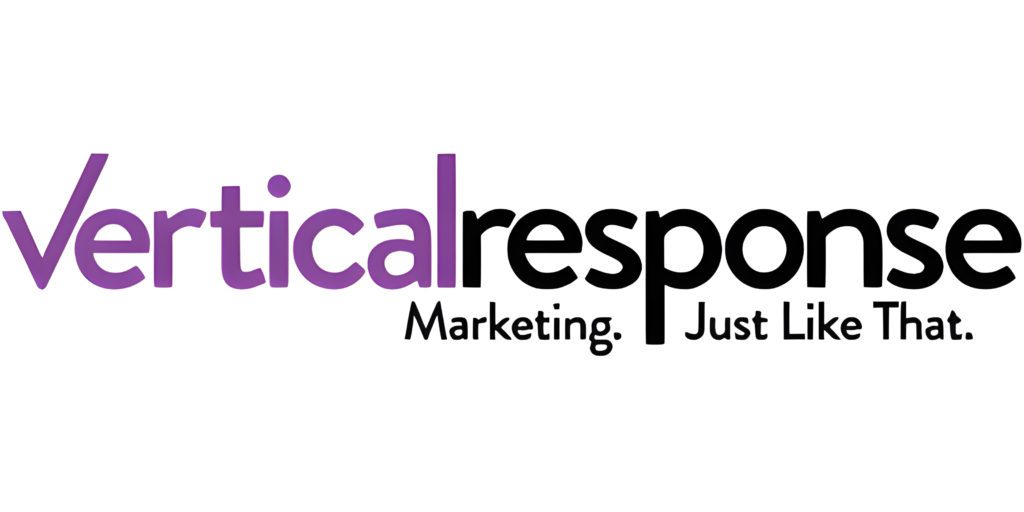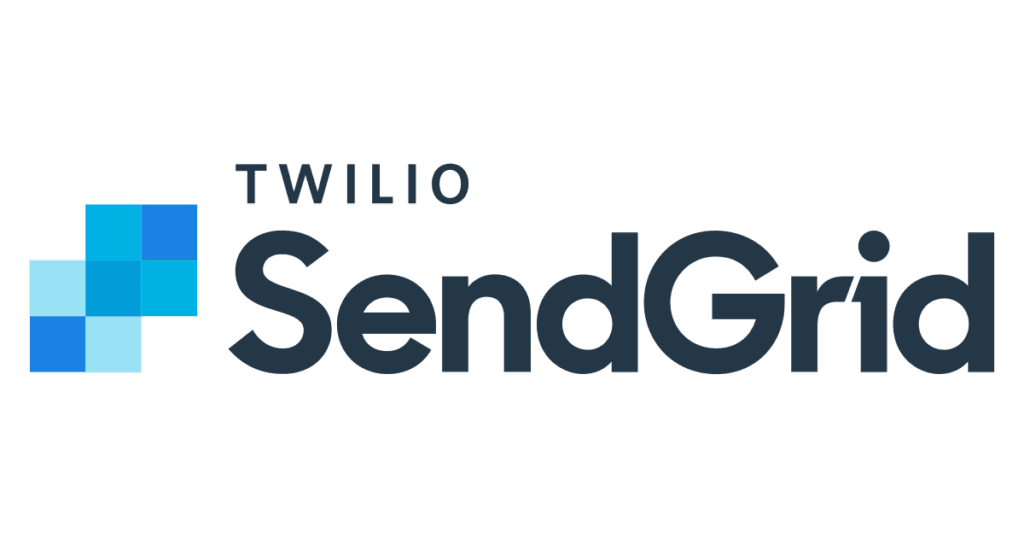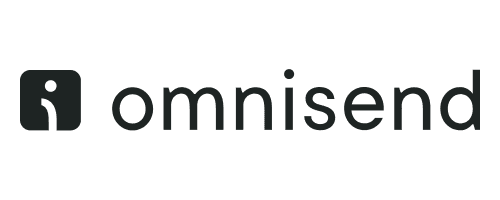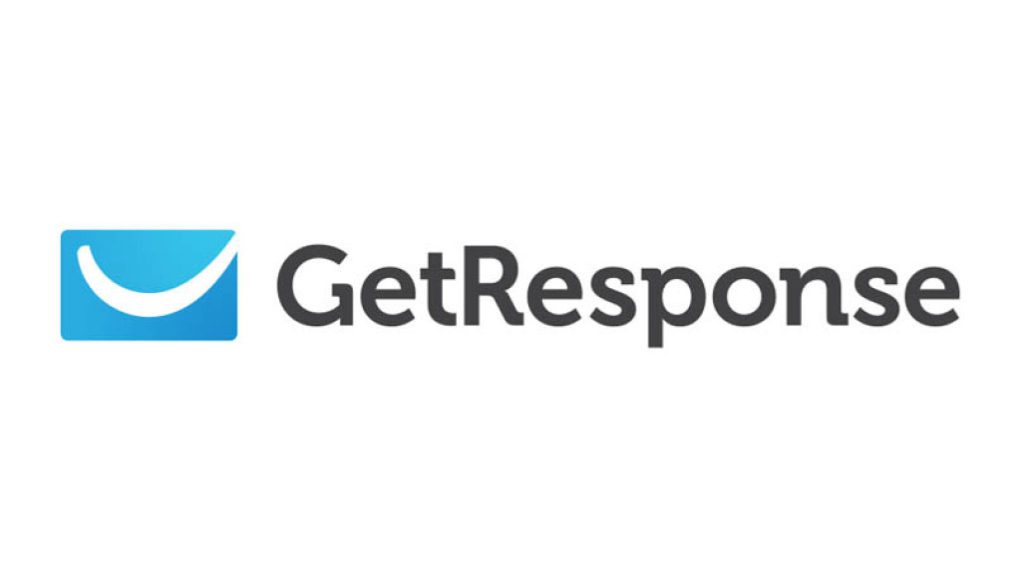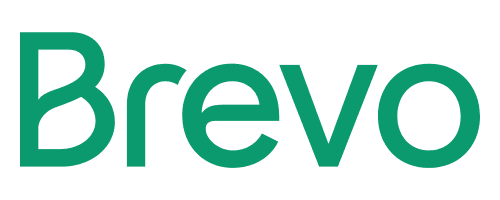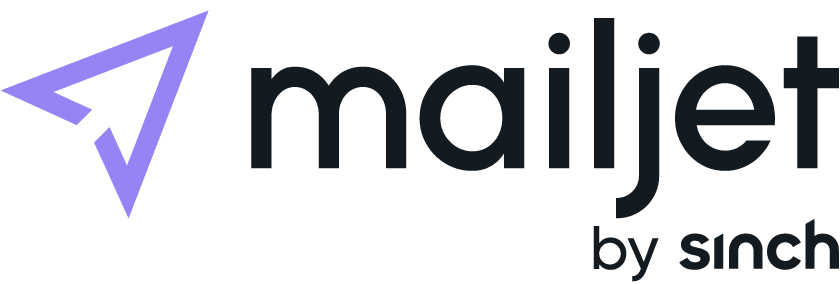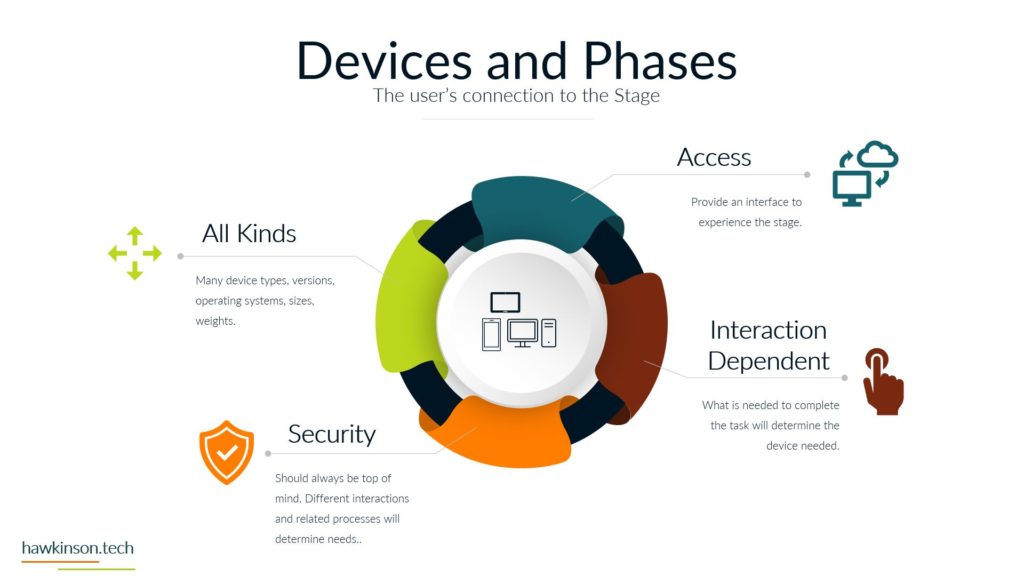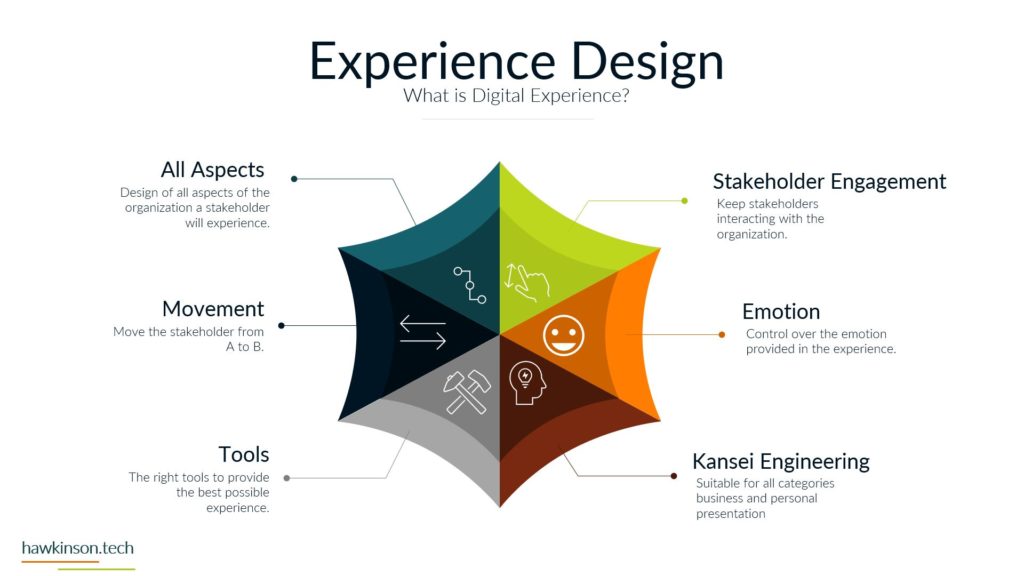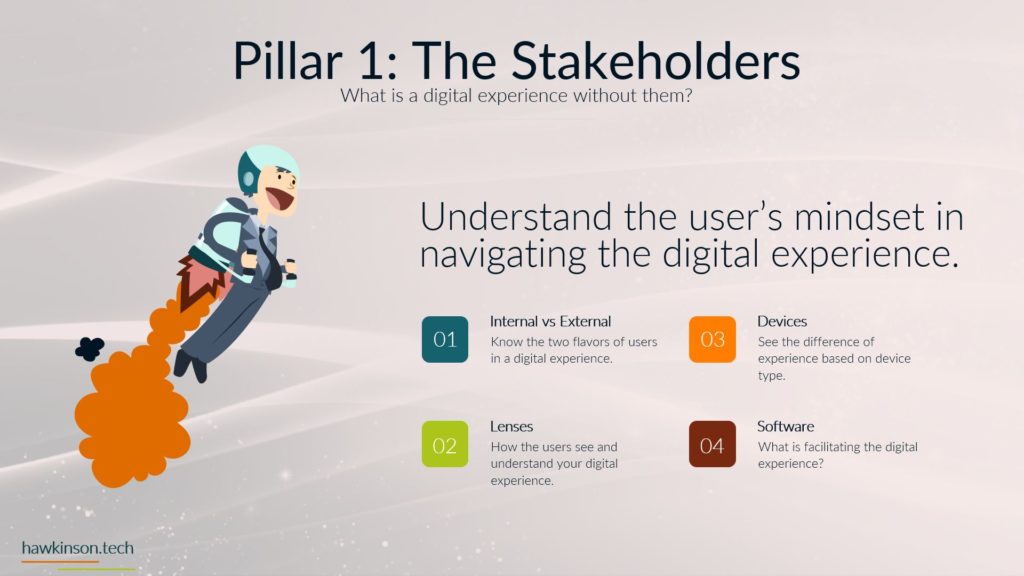In today’s fast-paced digital landscape, businesses face the challenge of creating exceptional user experiences and the complexity of navigating regulations and compliance. While it may not be the most riveting subject, understanding and adhering to compliance standards are fundamental for safeguarding your organization and ensuring a smooth digital experience. From avoiding hefty fines to building trust with stakeholders, compliance plays a transformative role in shaping the foundation of digital experiences for businesses. This comprehensive article will delve deep into the critical aspects of regulations and compliance, explore real-world scenarios, and provide actionable insights on striking the right balance between compliance and a seamless digital experience.
The Importance of Compliance: Safeguarding Your Business
Understanding Compliance Impact
Compliance issues can have severe repercussions, even leading to the closure of a business. Let’s explore some real-world scenarios to understand compliance failures’ impact better. In the healthcare industry, a failure to adhere to the Health Insurance Portability and Accountability Act (HIPAA) regulations can result in significant penalties and legal consequences. For example, if a doctor’s office mishandles patient data and violates HIPAA, it could face fines, reputational damage, and even suspension of operations. Similarly, businesses operating in the European Union must comply with the General Data Protection Regulation (GDPR). Failure to protect customer data and ensure GDPR compliance can result in enormous fines, as seen in high-profile cases where companies have been fined millions of euros for data breaches. These examples highlight the critical importance of understanding and navigating compliance regulations effectively.
Industry-Specific Regulations
Different industries have their own unique set of regulations and compliance standards. For instance, the financial sector must comply with the Payment Card Industry Data Security Standard (PCI DSS) to safeguard credit card data during transactions. Non-compliance with PCI DSS can lead to severe penalties, including revoking the ability to process credit card transactions, severely impacting revenue streams. The technology sector faces specific compliance challenges, such as complying with export controls and data localization laws when operating across borders. Understanding these industry-specific regulations is vital for tailoring digital experiences that align with compliance standards and ensure a smooth and legally sound operation.
Digital Experience and Compliance: Striking the Right Balance
Integrating Compliance into Digital Experiences
In the dynamic digital era, compliance must seamlessly integrate into every facet of a business’s digital experience. Businesses must ensure that their websites, mobile applications, and online platforms comply with data protection regulations to safeguard customer data. Implementing robust data access controls and encryption protocols is essential for protecting sensitive information and preventing unauthorized access. Additionally, businesses must be transparent about data collection and usage with their customers, obtaining explicit consent in line with privacy regulations. By prioritizing compliance and incorporating it into digital experiences, organizations can create a trustworthy and secure environment that fosters customer loyalty and confidence.
Avoiding Costly Mistakes
Non-compliance can lead to significant financial losses and massive fines, crippling even the most robust organizations. One notable example is the case of British Airways, which faced a whopping £183 million fine for a data breach that affected hundreds of thousands of its customers. The breach exposed sensitive information, including credit card details, and clearly violated GDPR regulations. Similarly, Marriott International was fined £99 million for a data breach affecting millions of its customers, further underscoring the importance of compliance in the hospitality industry. These examples serve as cautionary tales for businesses, highlighting the need for robust compliance strategies to avoid costly mistakes and protect their reputation.
Ensuring Data Security in the Cloud
Leveraging Cloud Technology for Compliance
Cloud computing offers unparalleled business benefits like scalability, flexibility, and cost-efficiency. However, it also introduces unique compliance challenges, particularly concerning data security. Businesses using cloud services must ensure their providers adhere to compliance standards and implement robust security measures. Additionally, businesses should adopt a shared responsibility model, where both the cloud provider and the business take responsibility for specific aspects of data security. Understanding this shared responsibility model is crucial for maintaining a compliant and secure cloud environment.
Building a Compliant Data Strategy
An effective data strategy is vital for meeting compliance requirements. Businesses must carefully plan and implement their data strategy to ensure compliance with industry standards and regulations. This includes establishing data access controls, encryption protocols, and data retention policies. Businesses should conduct regular data audits to identify vulnerabilities and potential compliance gaps, enabling them to take corrective measures proactively. A well-defined data strategy ensures compliance, enhances data governance and improves decision-making processes.
Building Trust with Stakeholders
Trust as the Foundation of Successful Digital Experiences
Trust is a cornerstone of successful digital experiences. Customers, partners, and employees must have confidence that their data is safe and protected when interacting with digital platforms. Compliance plays a significant role in building trust and credibility in the digital world. Businesses prioritizing compliance demonstrate their commitment to data protection and security, fostering a positive reputation among stakeholders.
Establishing a Transparent Compliance Culture
Fostering a culture of compliance within an organization is critical for long-term success. Top-level executives must lead by example, emphasizing the importance of compliance and making it an integral part of the company’s DNA. This includes providing regular compliance training for employees at all levels and ensuring compliance-related policies and procedures are accessible and well-understood. A transparent compliance culture helps instill a sense of responsibility and accountability among employees, reducing the likelihood of compliance breaches.
In this article, we have explored the critical impact of regulations and compliance on digital experiences for businesses. Understanding and adhering to industry-specific rules and standards are vital for safeguarding your organization and building stakeholder trust. By integrating compliance into digital experiences and cloud strategies, businesses can navigate the complexities of the digital landscape and ensure a secure and seamless digital experience for everyone involved. Compliance is not just a legal obligation but a fundamental aspect of building a resilient and trusted brand in the digital age. As businesses evolve in the digital realm, prioritizing compliance will be essential for sustainable growth and success.











